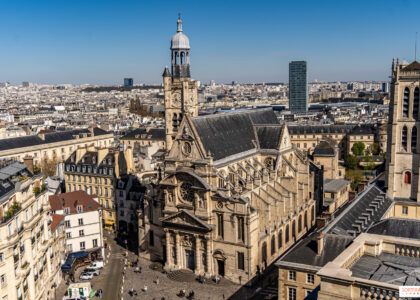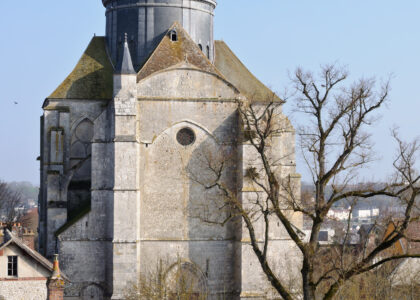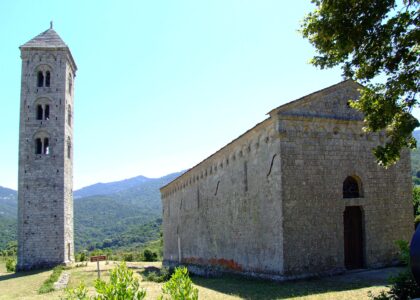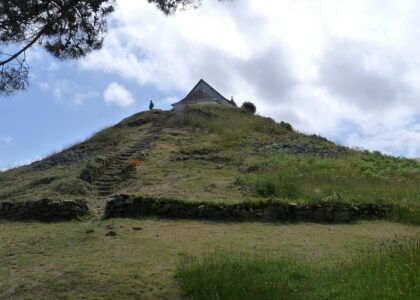Welcome to Mission San Antonio de Pala, a unique historical site nestled in the Pala Indian Reservation of northern San Diego County. Established on June 13, 1816, this location began as an ‘asistencia,’ or sub-mission, to the larger Mission San Luis Rey de Francia. Unlike other missions, San Antonio de Pala was specifically built to serve the indigenous Luiseño people, and it remains the only historic mission facility still actively serving a Native American tribe today.
The early 19th century was a period of transformation and expansion in Alta California. The Franciscan friars, under the leadership of Father Antonio Peyrí, recognized the potential of the fertile Pala Valley and selected it for a sub-mission to aid in agricultural production and spiritual outreach. The mission quickly became a hub of activity, offering religious services and education to the local Native American population.
Father Peyrí’s influence extended beyond the chapel walls. He was beloved by the local communities, and his efforts to integrate and educate were instrumental in the mission’s initial success. When he returned to Spain, he was accompanied by two native youths, Agapito Amamix and Pablo Tac, who were to be trained as priests. Pablo Tac later became an important chronicler of Native American life under the mission system.
In 1833, the secularization of the missions by the Mexican government brought significant changes. Pala’s lands were redistributed, and the mission faced challenges in maintaining its operations. Despite these setbacks, the mission continued to function, with priests from San Luis Rey conducting services and ceremonies.
The mission’s architectural uniqueness lies in its freestanding bell tower, or ‘campanile,’ the only one of its kind among the California missions. This tower, along with the mission’s chapel and other structures, has been restored over the years, notably after the San Jacinto earthquake in 1899.
Today, Mission San Antonio de Pala stands as a testament to the enduring spirit of the Native American communities it was built to serve. Visitors can explore the chapel, the historic bell tower, and the cemetery, which holds the stories of the many who lived, worked, and worshipped here. The mission continues to be a place of worship and community gathering, bridging the past with the present.
This is a story of resilience, faith, and cultural fusion—a story that continues to unfold in the heart of California’s history.





